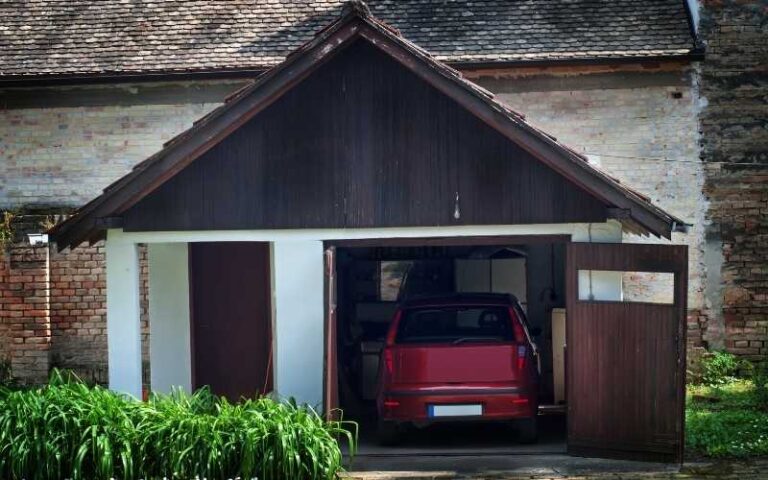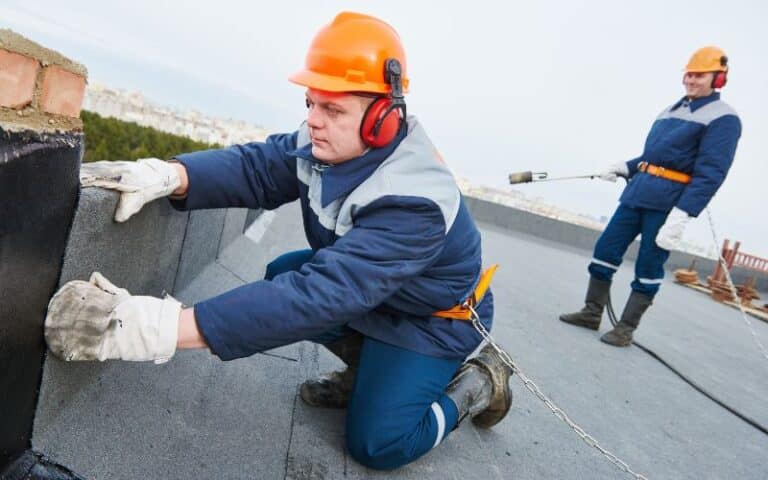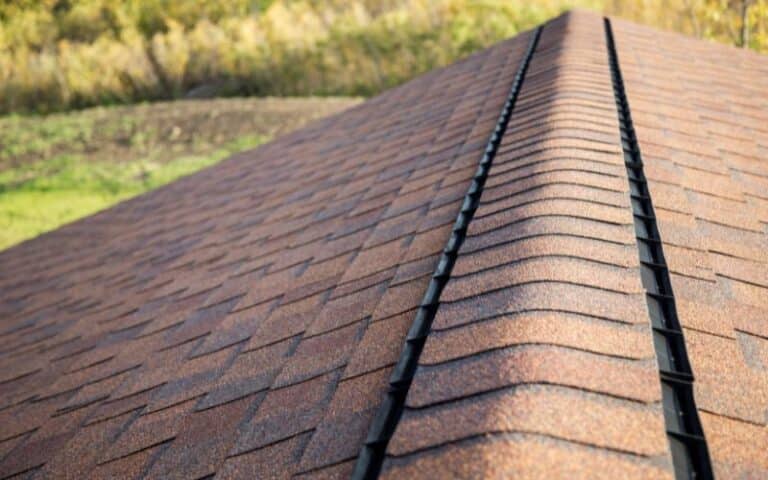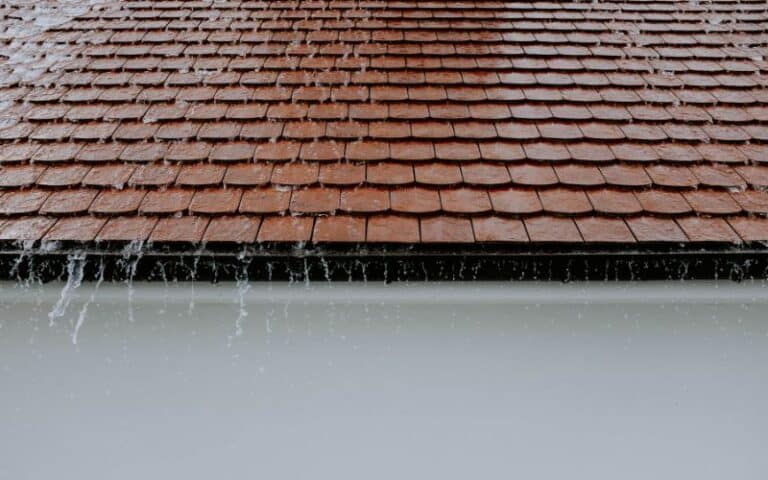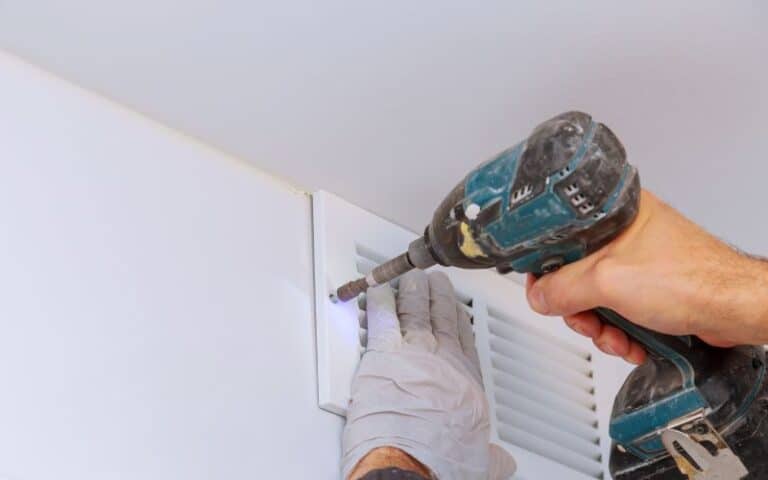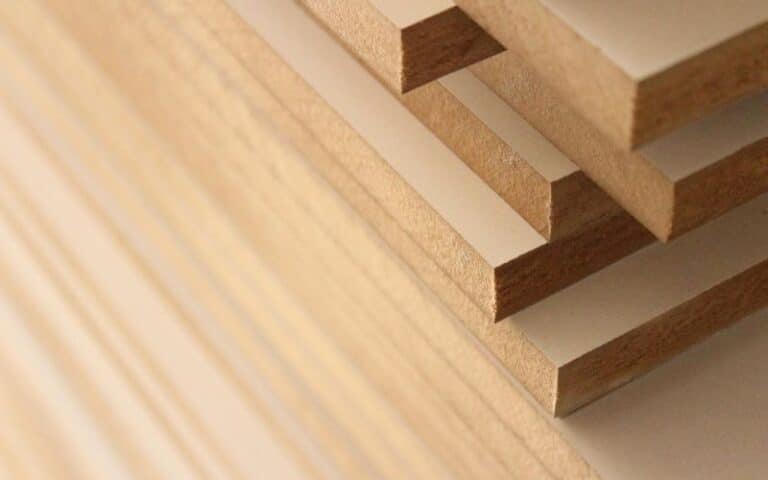Do you have a building, and you want to protect it from nature’s harsh conditions? When thinking about which underlayment would suit your needs, you aren’t sure which to go for among the types.
Look no further as I’ll be your guide on which weather-resistant barrier will suit your needs.
Protecting our homes is essential. Therefore, it is paramount to consider how to save our homes in the long run from the weather.
We know that synthetic felt and house wrap can function as weather-resistant barriers, but can you use the synthetic roof felt like a house wrap?
No, do not use a synthetic roof felt like a house wrap for siding. However, you can use GAF underlayment called Deck Armor to wrap a home’s exterior before installing the siding. It’s both breathable, which will help solve problems with moisture, and waterproof.
Ready for a Roofing Quiz?
Can Synthetic Felt Be Used For House Wrap?
Synthetic felt is not ideal for use as a house wrap. However, when used as a weather-resistant barrier, house wrap protects your home’s exterior walls against penetration and damage caused by the elements.
Felt impregnated with asphalt and synthetic underlayment composed of polypropylene are the two most prevalent forms of house wrap available on the market today (a type of plastic).
Both materials, when properly constructed, are highly effective in preventing water infiltration into your home’s foundation.
Despite this, they each have advantages and disadvantages that are more or less appropriate depending on your climate and geographical location.
To determine whether or not you may use synthetic felt as house wrap, you must first understand what synthetic felt is and whether or not it is appropriate for your home based on your budget and the location of your home.
Background of Synthetic Felt
Roofing felt, also known as tar paper, asphalt felt grade, or building wrap, is used to protect your home from water penetration. It also serves as an essential barricade that keeps out damaging pests.
However, in some cases, roofing felt is not ideal, and you can’t use it as a stand-alone layer of protection.
We use felt tar paper on many of our low slope projects to waterproof and prevent drafts.
Felt has been around since before we were born, but there are now alternatives to traditional asphalt felt called synthetic roofing underlayment.
Synthetic felts are polypropylene fibers rather than natural fibers like cotton and jute. They’re lighter in weight, easier to handle, and don’t require any extra adhesives when applied.
So what do you think: Can synthetic roofing felt replace traditional asphalt felt like a house wrap? And if so, should I switch over?
Although synthetic felts are lighter, cheaper, and easier to install than asphalt felts, you can only use them on a limited number of roofs.
On the other hand, using felt tar paper is considered an industry standard and has been widely tested. If you’re considering using synthetic tar paper as a house wrap, first make sure it’s safe for your local area.
Then, talk to an expert to know if synthetic felt underlayments are approved by building code authorities in your state or not.
What is Synthetic Roof Felt?
Synthetic roofing underlayment is a water-resistant barrier (WRB) that sits underneath your shingles. Its purpose is to protect your home from moisture damage caused by rain and snow, which can cause leaks and rot.
This polyethylene product known as synthetic roof felt is made from recycled plastic.
Roofers use it in place of traditional asphalt-saturated fiberglass rolls known as house wrap or tar paper.
It comes in several different thicknesses and is available with adhesive backing, so you don’t have to nail it down.
Some synthetic roofing felt types come in designs that you can use on their own; others need additional protection such as plywood sheathing or ice and water shield before installation.
A basic understanding of what makes up synthetic roofing underlayment will help you decide if it’s right for your project. You should also know how to install it properly to ensure it does its job effectively.
When done correctly, a WRB helps extend the life of your protects shingles against mold growth and mildew buildup inside your attic space.
In addition, some forms of synthetic underlayment may qualify for federal tax credits. Many manufacturers offer warranties on their products from 10 to 25 years as a bonus.
It means you won’t have to worry about replacing it for quite some time.
The only catch is that most warranties require you to keep your original receipt and register your purchase online with the manufacturer at least once every five years after installation.
If you want to learn more about synthetic roofing underlayment, keep reading below! We discuss its pros, cons, and things to consider when using it.
Things To Consider When Using Synthetic Roofing Felt
Synthetic roofing felt is a water-resistive barrier (WRB) under building codes in some regions of North America.
It’s similar to asphalt-impregnated (synthetic) building paper; however, it can’t perform all the water-resistive barrier functions, such as preventing air leakage, as some asphalt-felt-paper products can.
In areas where the building code does not accept asphalt-felt-paper products, synthetic roofing felt is a viable alternative.
The main drawback is that you can’t use it to keep water out of your attic when air leaks are present; your synthetic roofing felt shouldn’t be considered a stand-alone WRB unless there are no air leaks and adequate ventilation.
When using synthetic roofing felt to prevent air leaks in a home, you’ll usually want to install it over an underlayment. However, suppose you’re installing it on top of plywood or OSB sheathing.
Many manufacturers recommend adding a layer of asphalt-impregnated building paper as an underlayment before applying synthetic roofing felt.
It will help prevent water from seeping through any voids between sheets of plywood or OSB. Be sure to use products rated for exterior use and adhere to them according to manufacturer instructions.
If your project requires a permit, check with your local building department regarding code requirements for WRBs.
What Are The Pros and Cons of using Synthetic Roof Felt as House Wrap?
Pros of Synthetic Roof Underlayment
Using synthetic roofing underlayment instead of traditional asphalt or fiberglass rolls has several advantages, which include;
- Consistent thickness
- Long-term durability
- Installation convenience.
There are a variety of other applications for synthetic roof underlayment, which include that:
- It can be used as an underlayment for new roofs to prevent ice dams;
- It is waterproof and can be used to barricade building wrap to keep it from falling through.
- Synthetic roof underlayment is also resistant to ultraviolet rays.
Cons of Synthetic Roof Underlayment
Synthetic roof underlayment has one downside over regular house wrap. It does not allow for air passage, resulting in condensation forming on your walls in humid conditions.
Yet another drawback is that, while synthetic roofing felt is quite simple to install with minimal training, you must constantly engage professionals if you intend to cover your entire property because doing so wrong could result in leaks.
Also, keep in mind that proper ventilation is required during the installation process to avoid hazardous gases.
Other downsides include the cost (higher than typical roofing materials) and the difficulty in obtaining professionals familiar with its application.
Conclusion
In summary, we can sometimes use synthetic roofing materials as an alternative to asphalt paper. Synthetic roofing materials exist in various grades and variations, so it is critical to understand how they work on your property.
While synthetic roofing felt products are incredibly adaptable and used in situations where standard asphalt paper cannot, they are not appropriate as house wrap.

